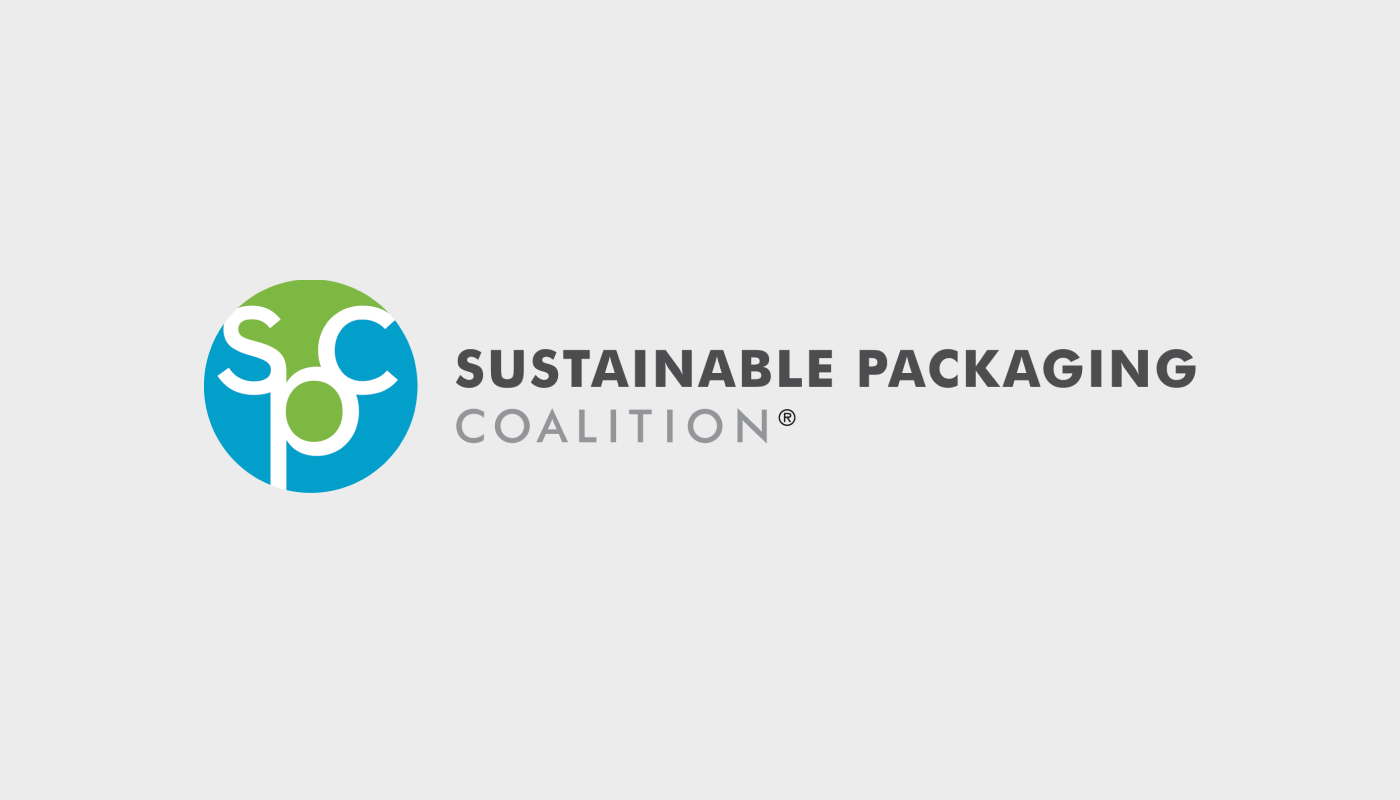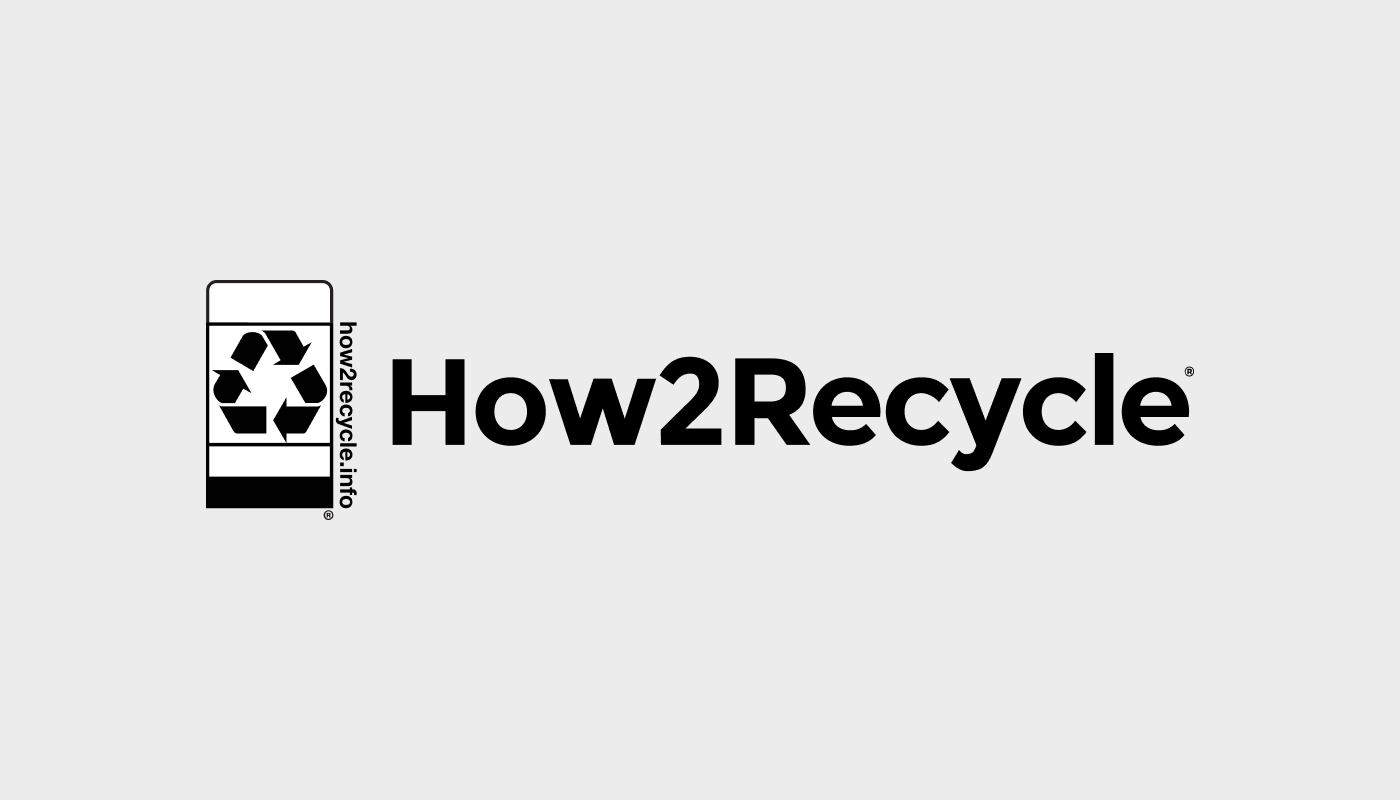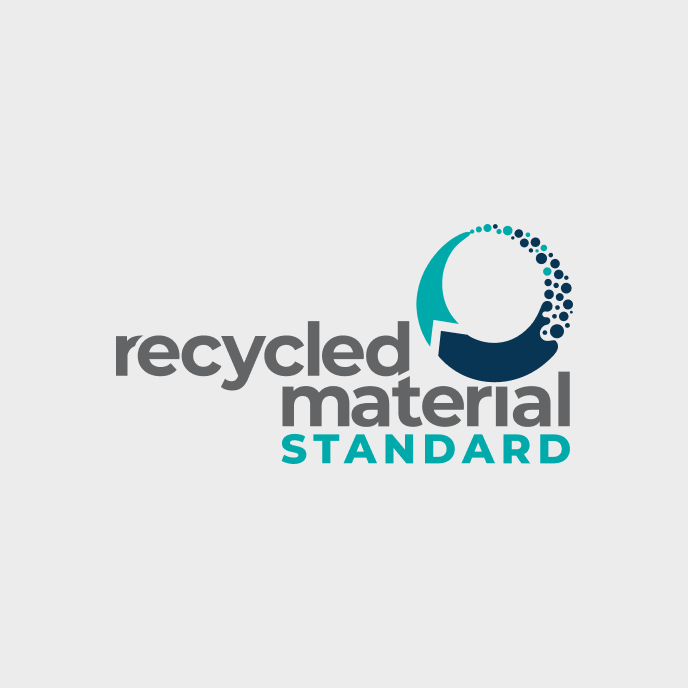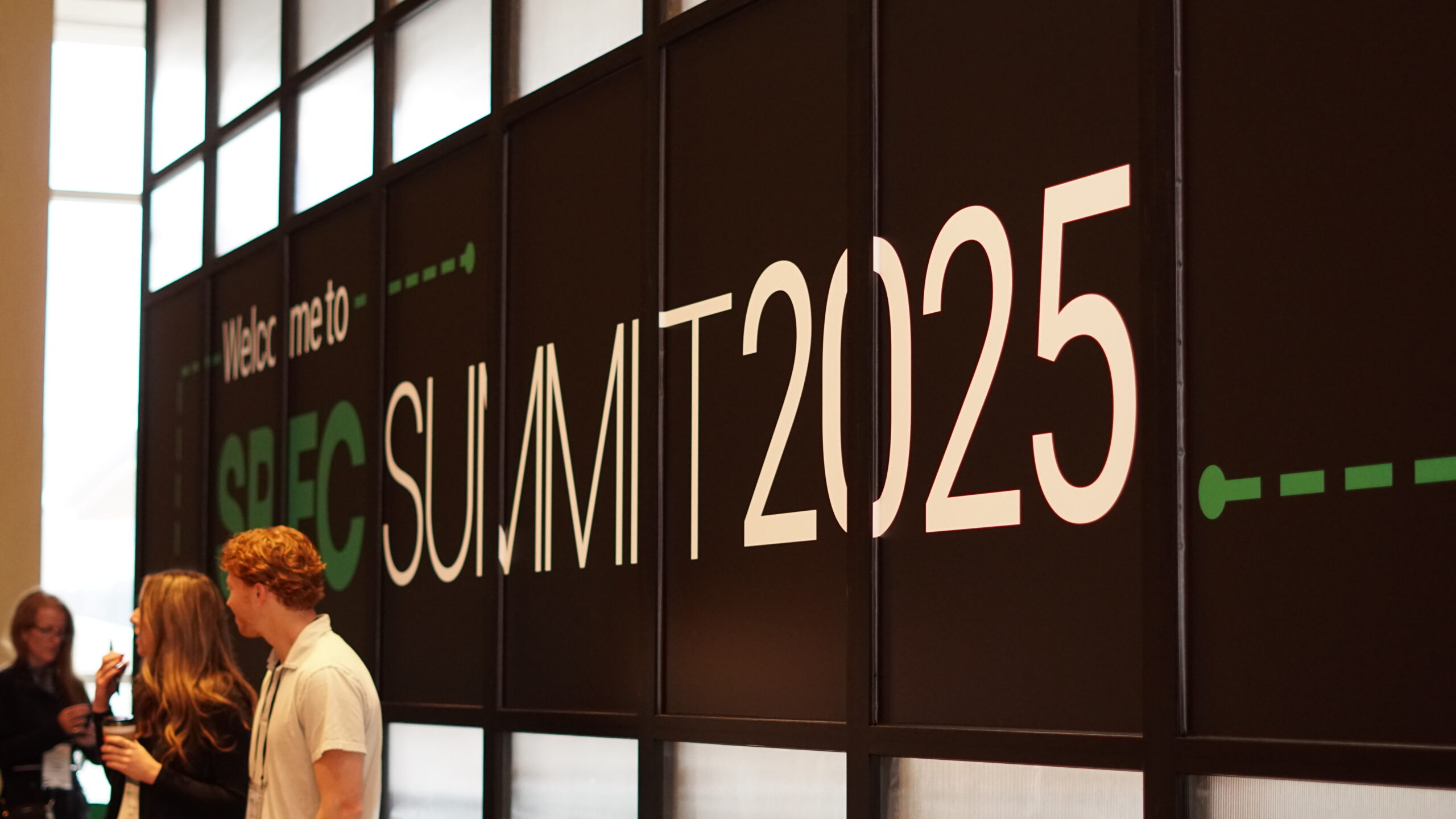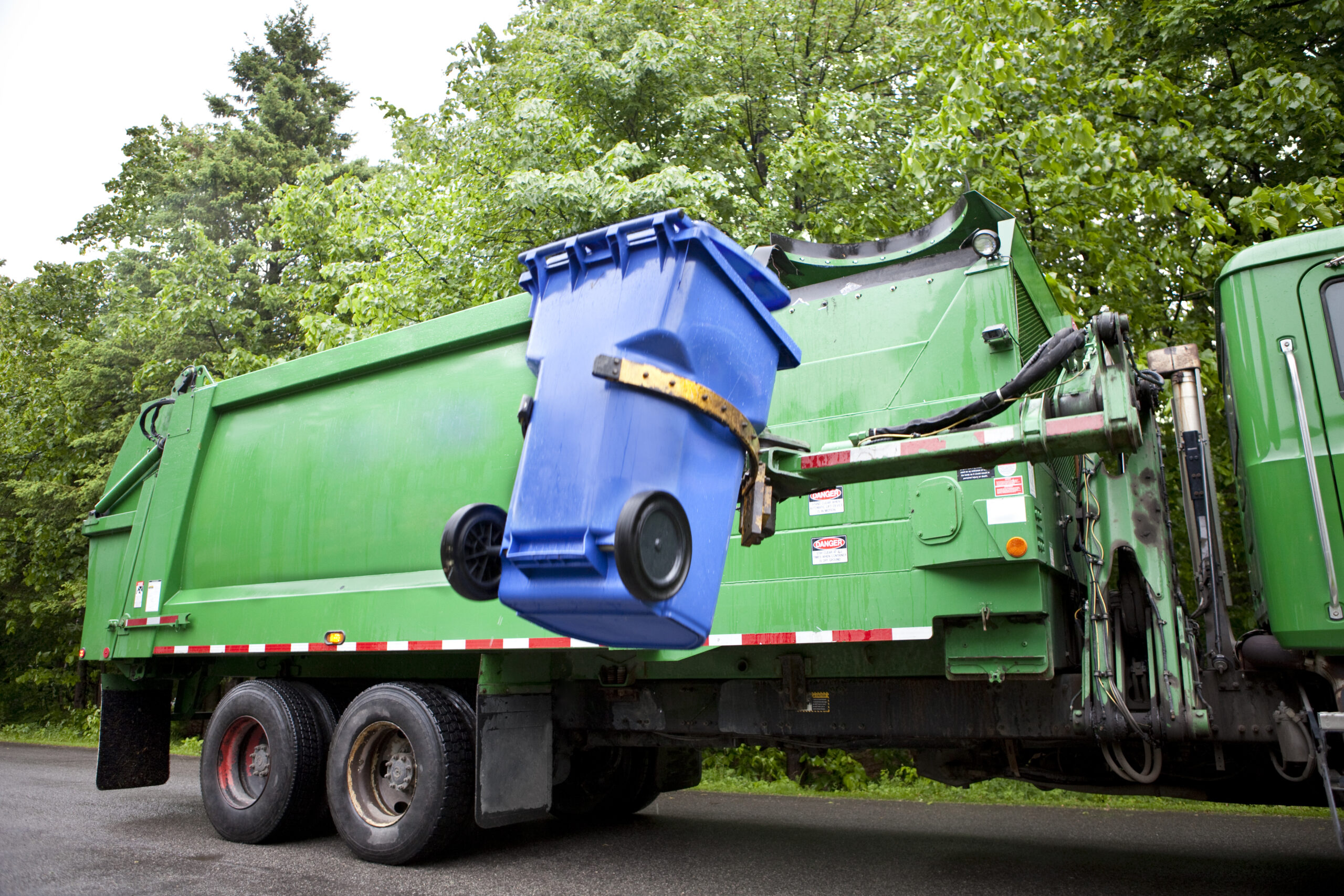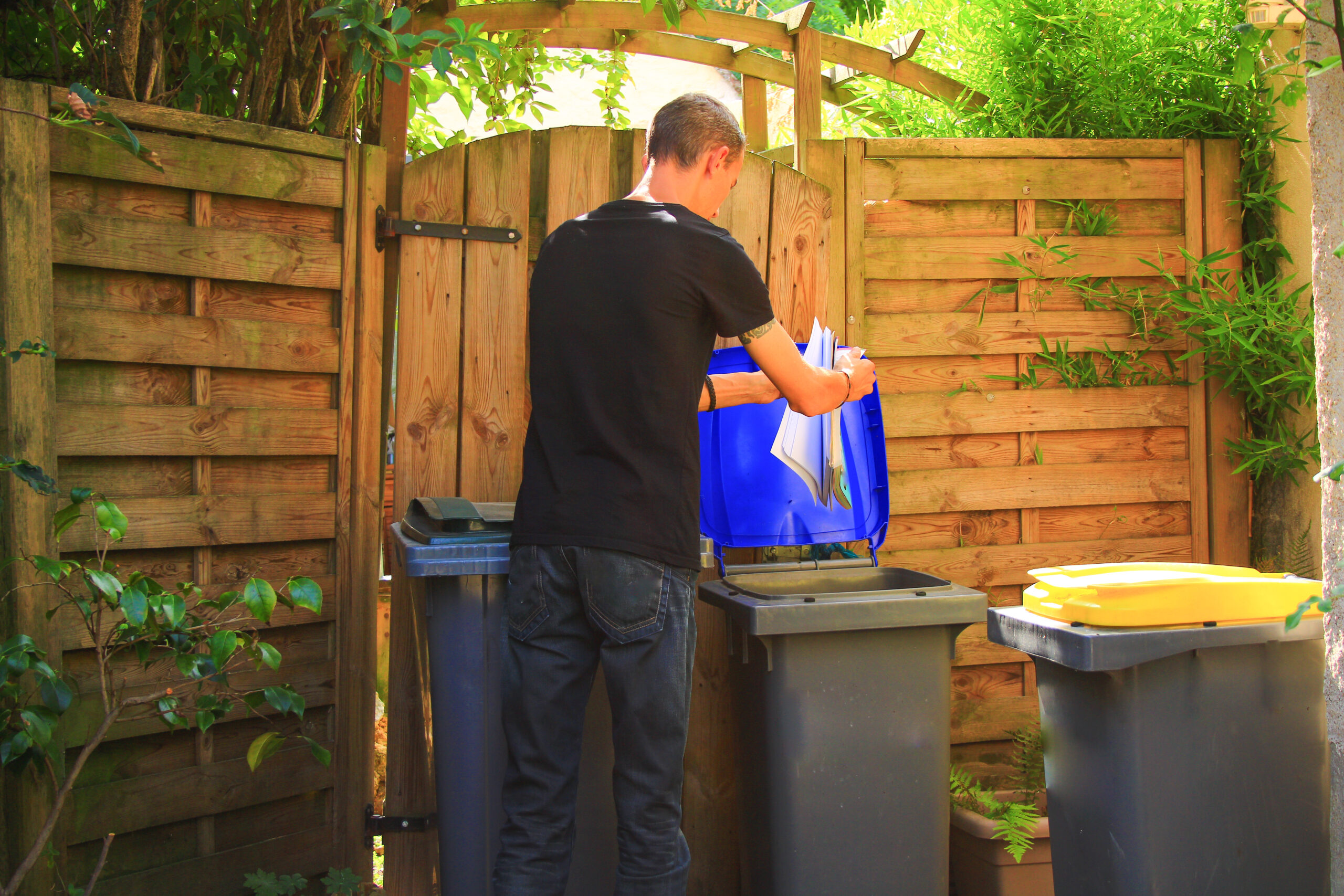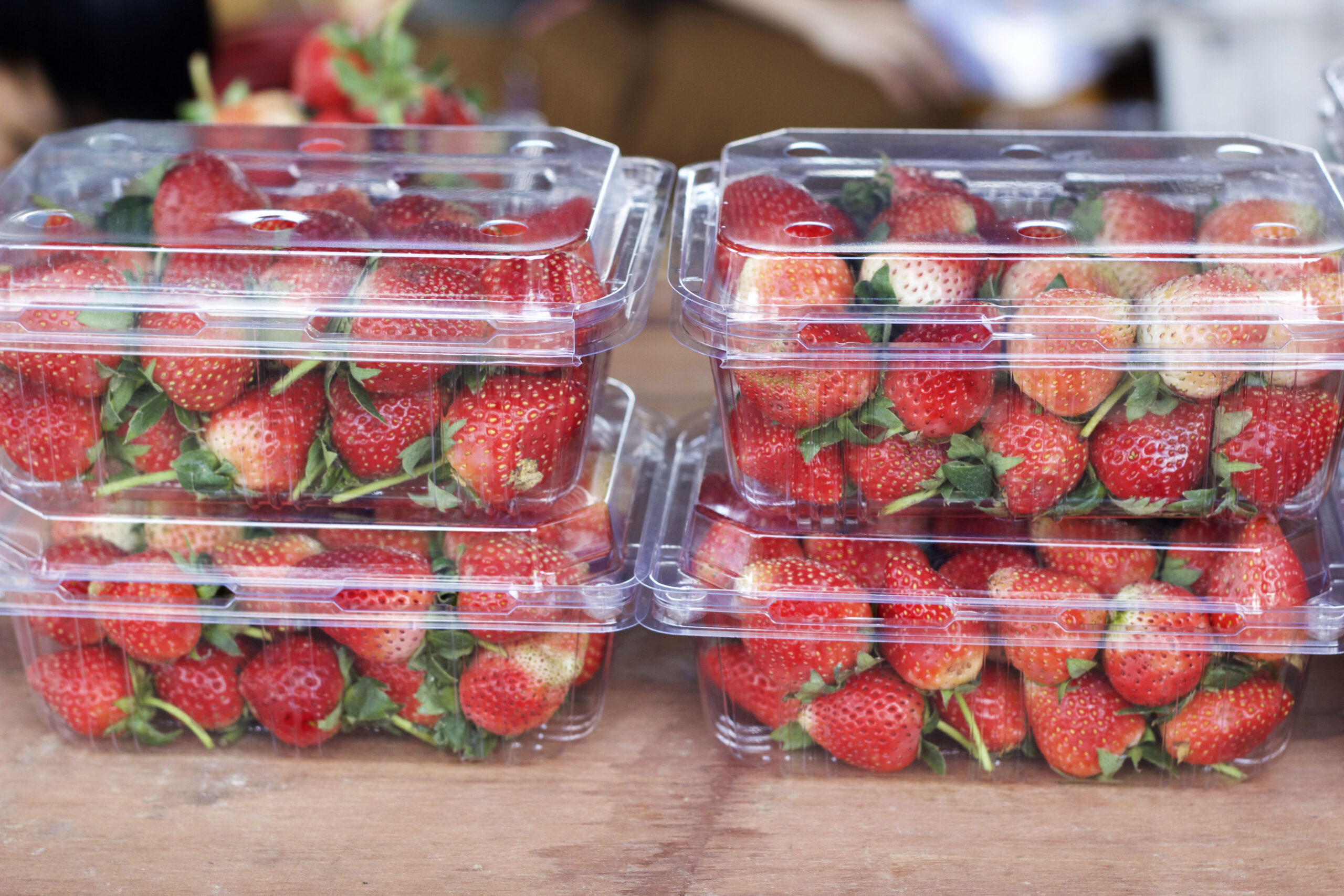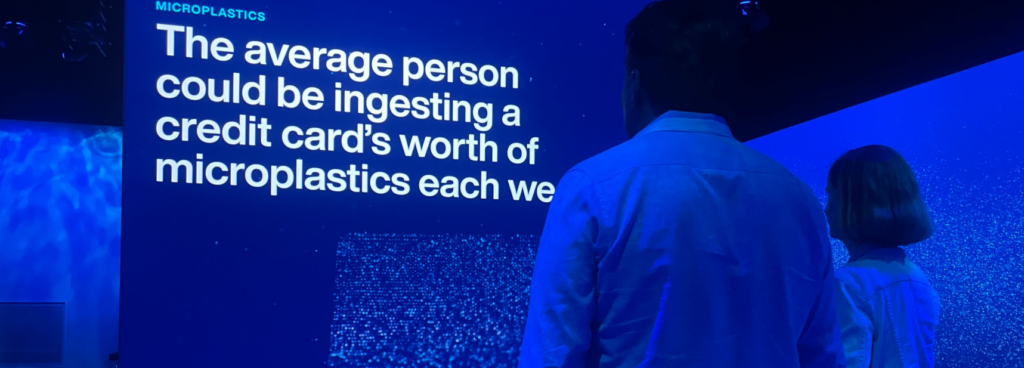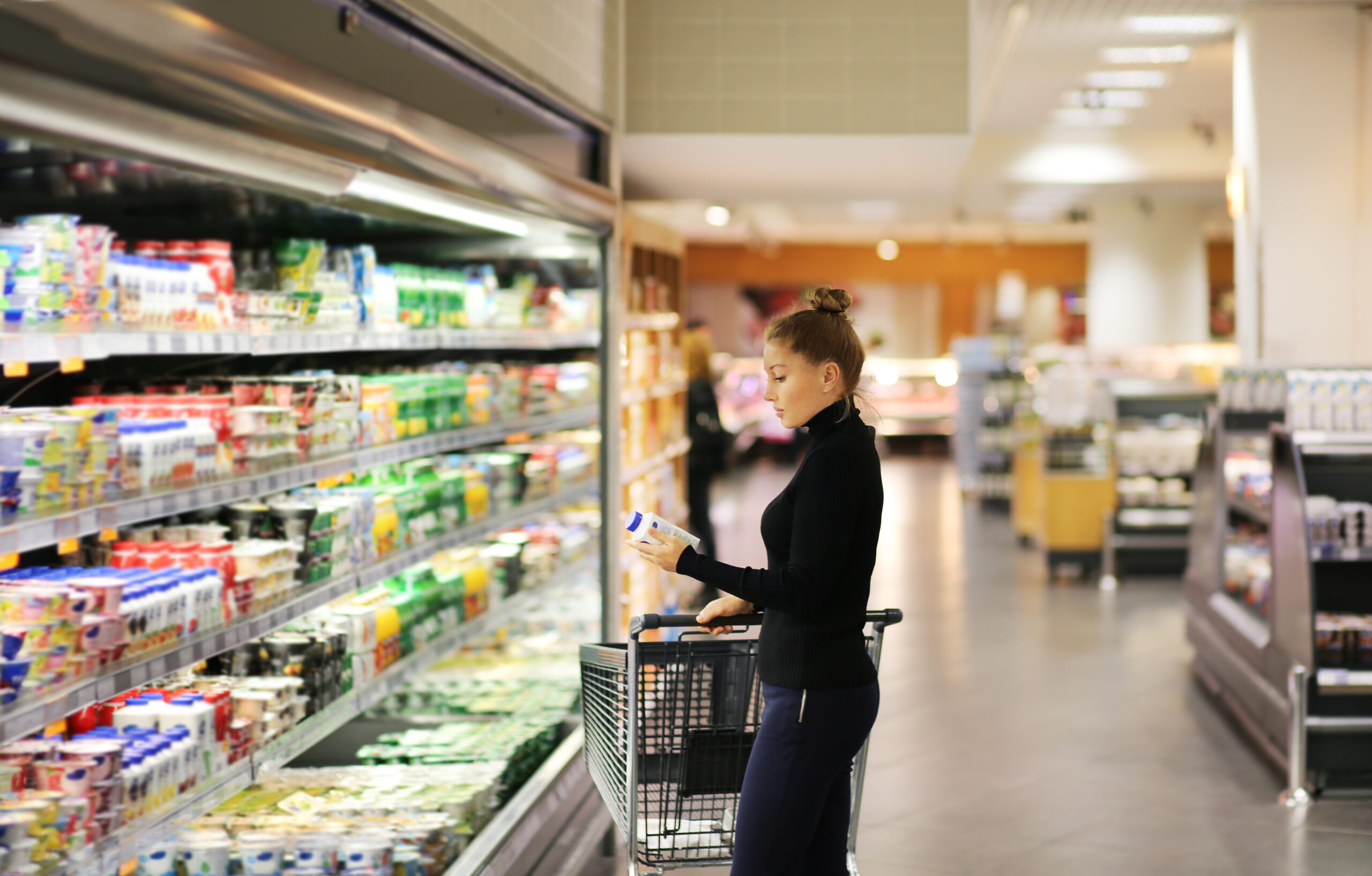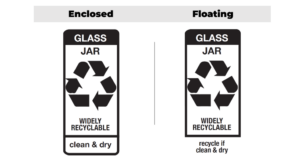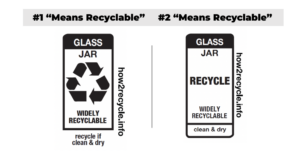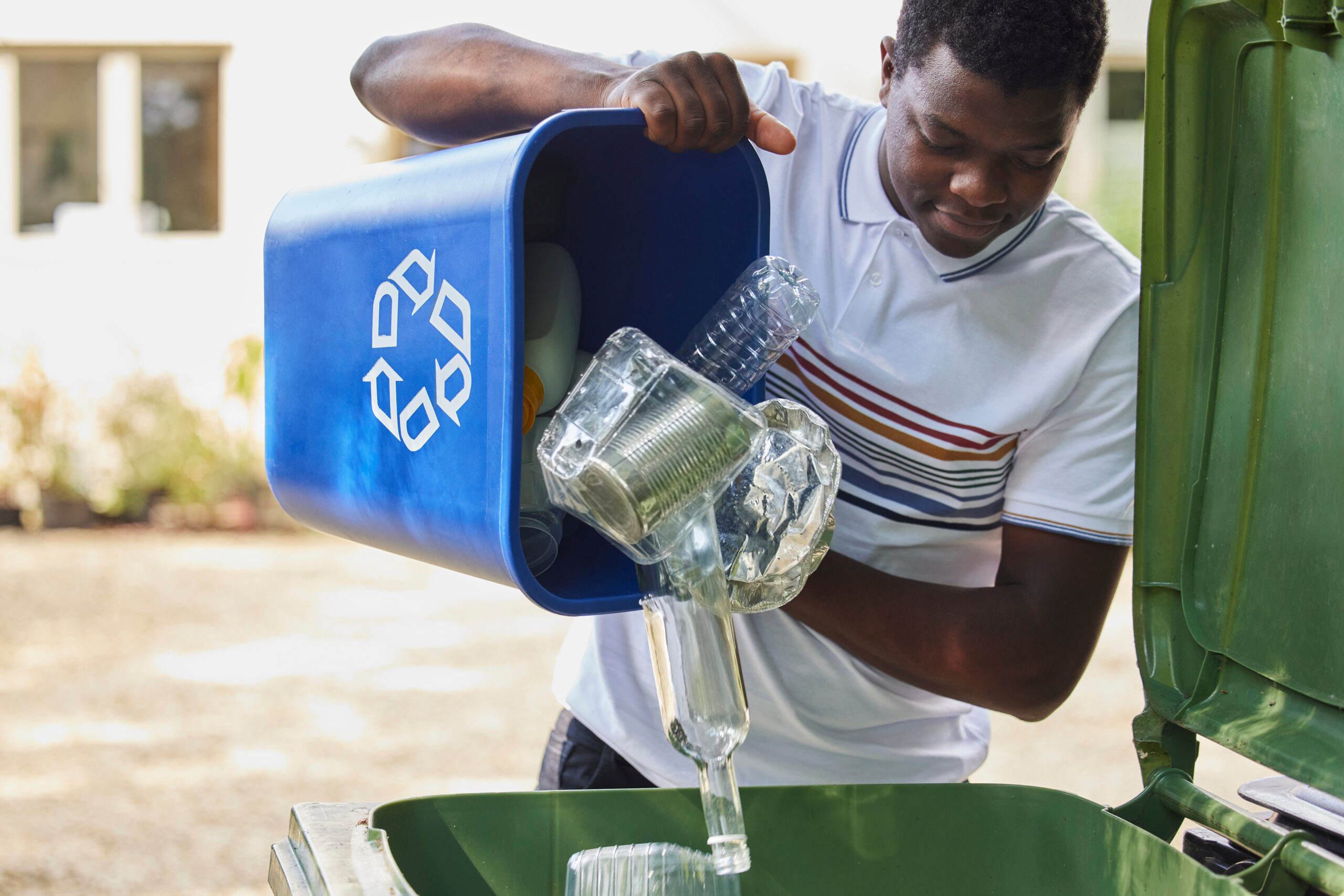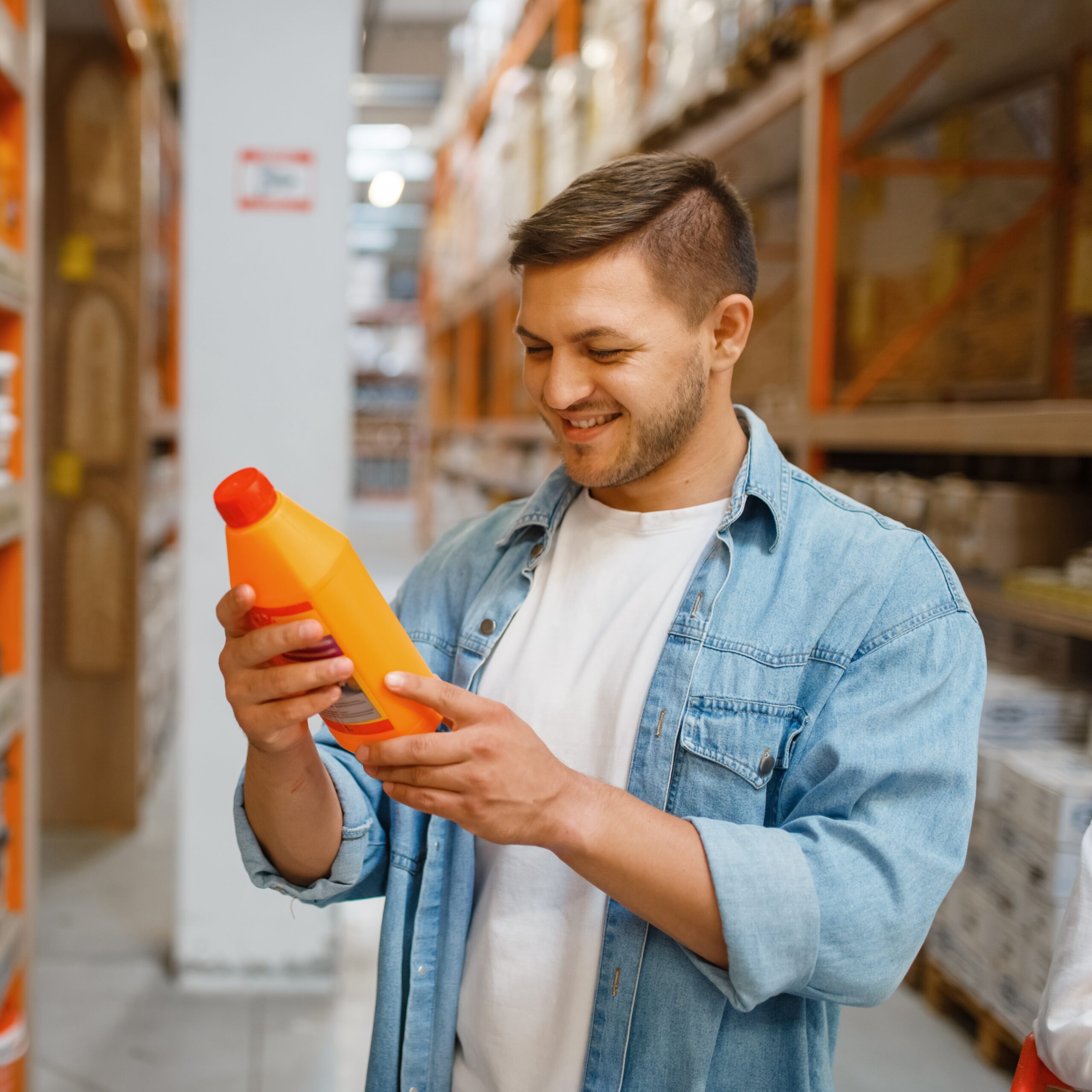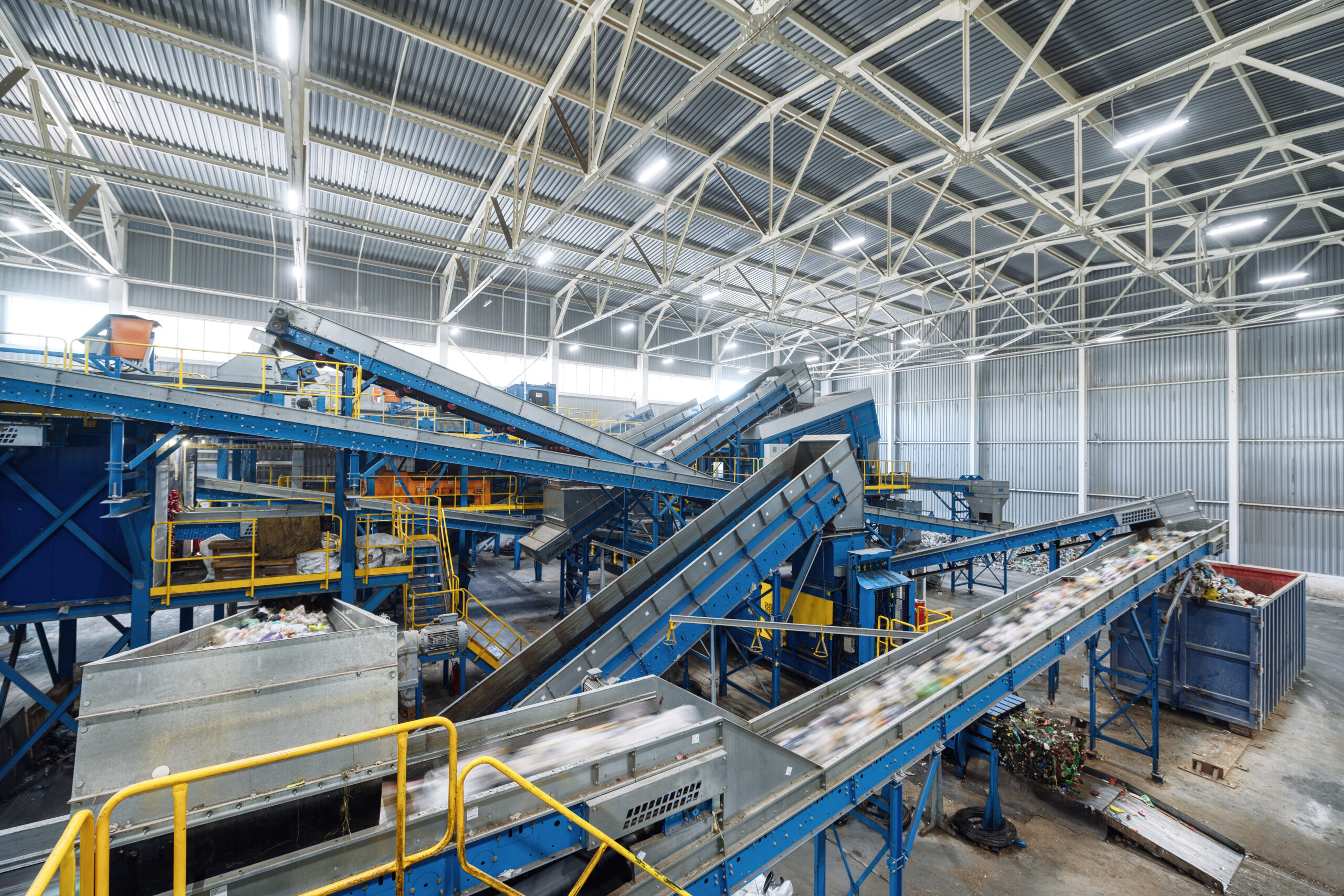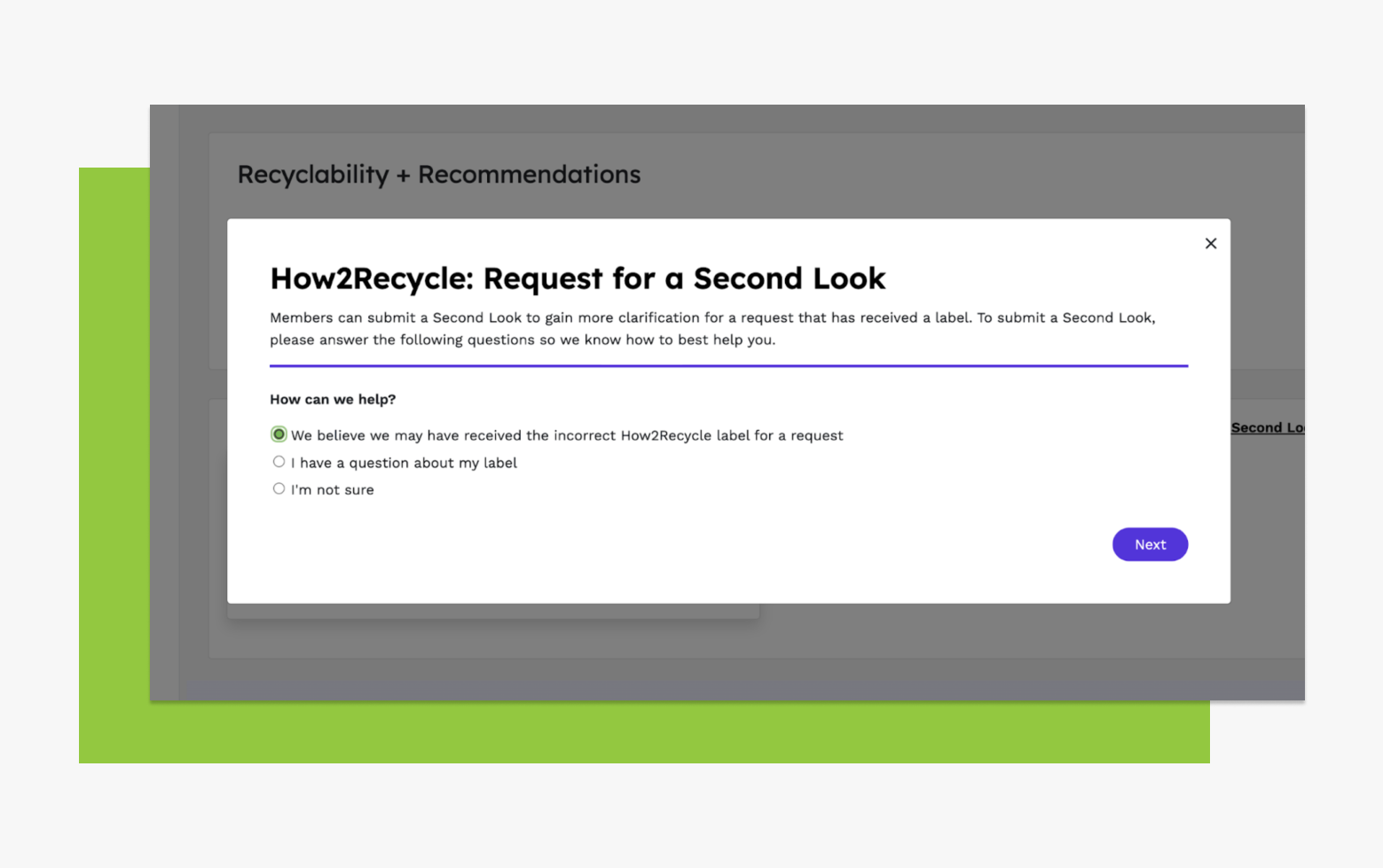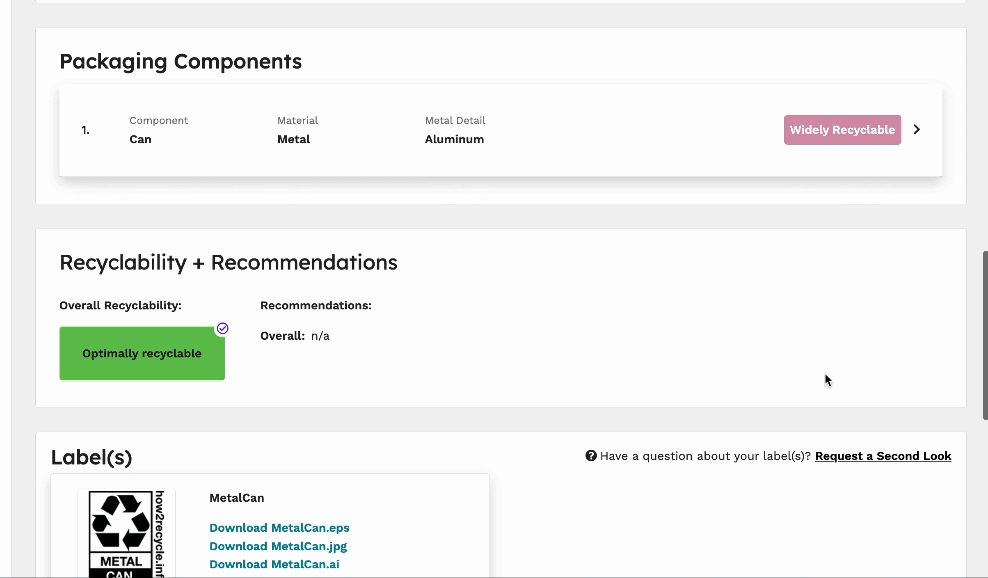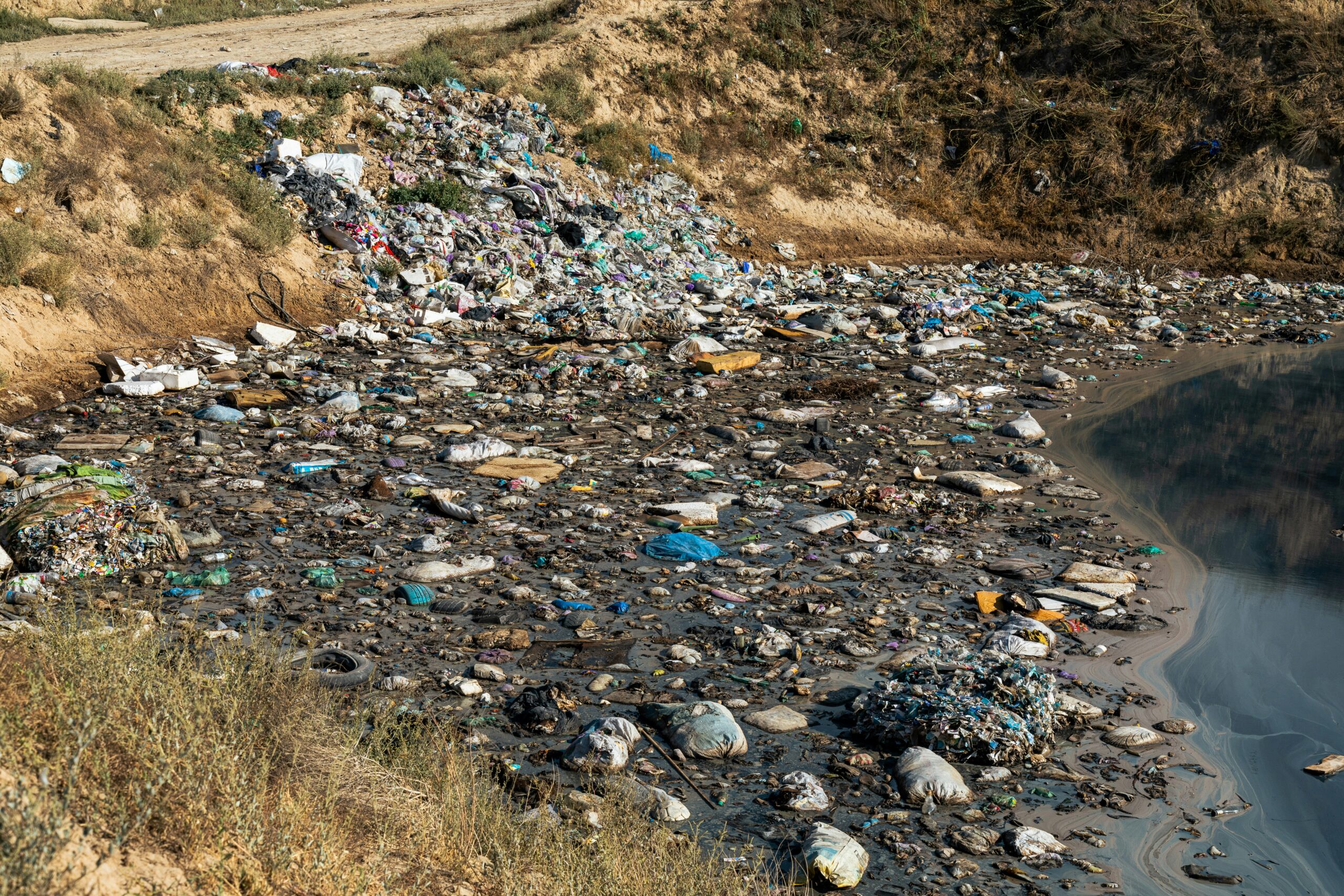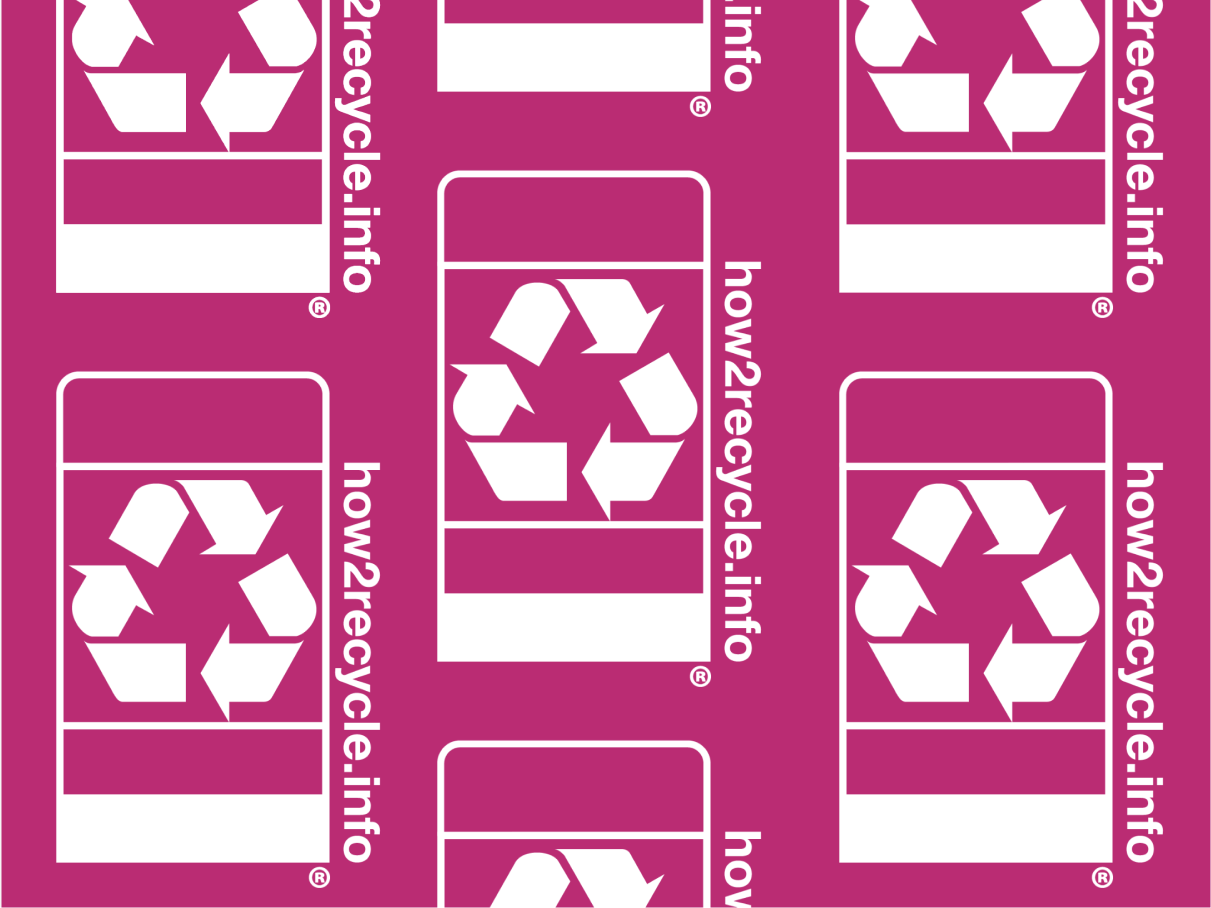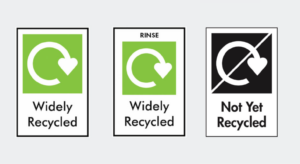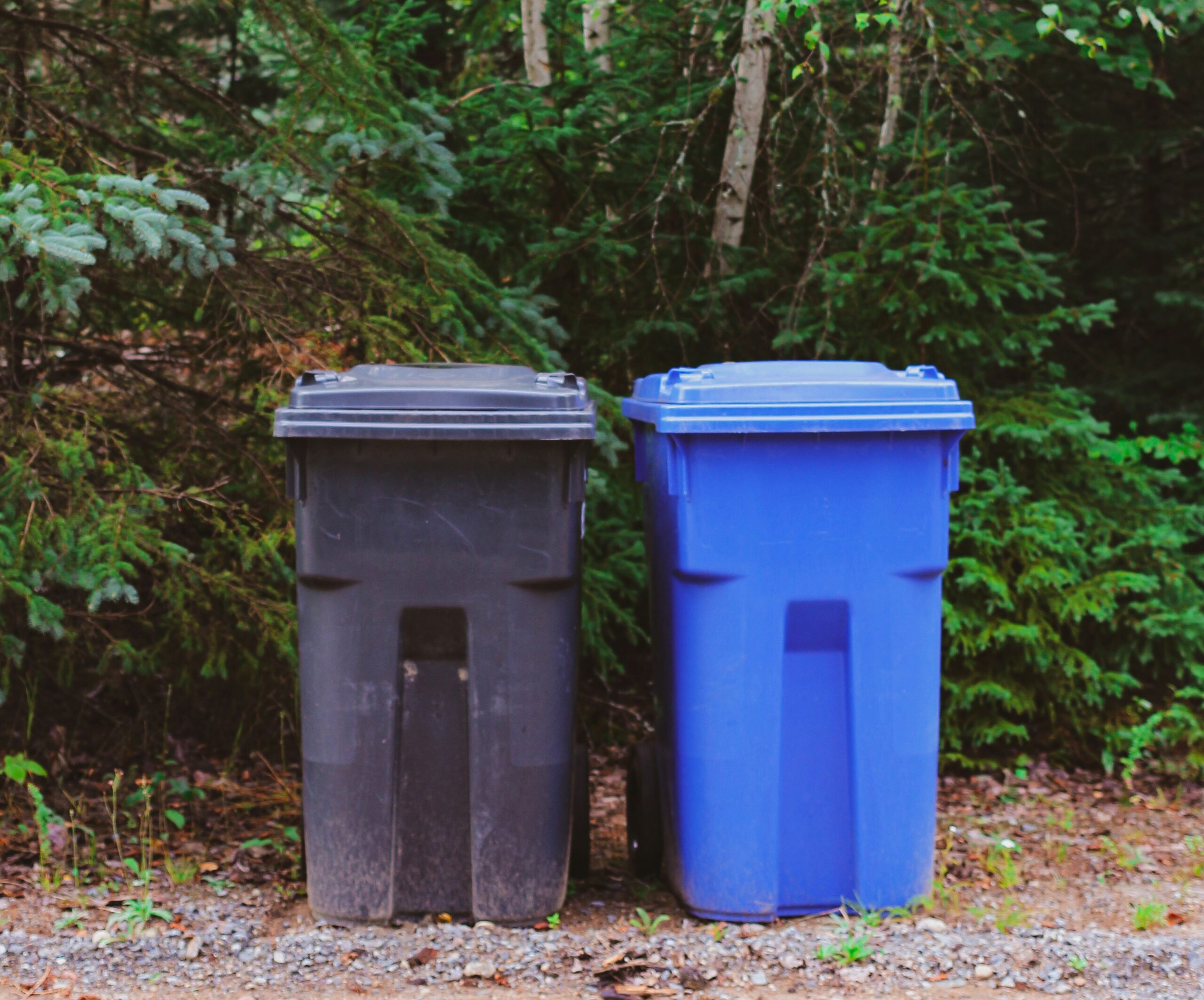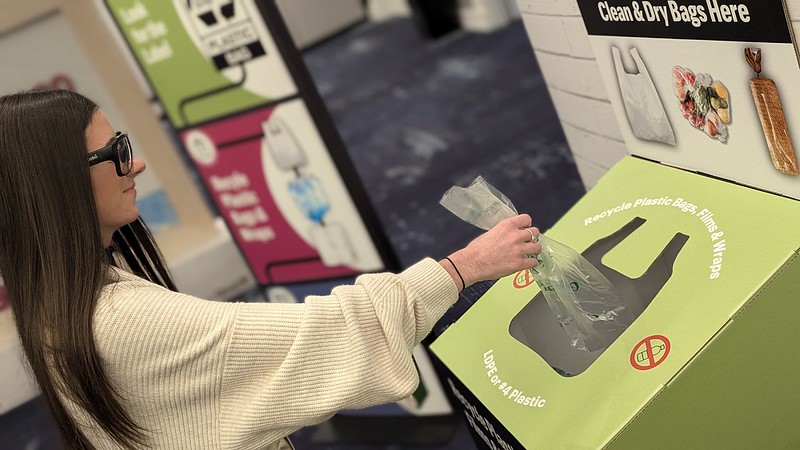
Store Drop-off (SDO) recycling is one of the best ways to boost circularity for the films and flexible packaging that we see on everything from bread bags to beverage overwraps — but it only works if consumers know how to participate.
“In a lot of our auditing, Store Drop-off has become more and more interesting. SDO bins are in thousands of stores, but the consumer understanding for it is so low,” said Shannon Anderson, Director of Client Research at Package InSight by Quad.
How can you boost consumer education and participation? You can start with research, which is exactly what we did during the 2024 How2Recycle Summit. At the How2Recycle Interactive Marketplace with Package InSight by Quad, we went to the source and tried to better understand how signage can improve SDO participation. Let’s dive into the research and the findings we can use to improve SDO through in-store signage.
The Experiment: How Can We Use In-store Signage to Improve SDO Understanding?
The problem: Store Drop-off is one of the best ways to boost circularity for some of the most common packaging materials (like flexibles and films), but consumer understanding, trust, and participation is low.
The method: Participants were asked to complete three tasks: shopping for cleaning supplies on gondola shelves, selecting fresh produce, and recycling plastic bags at SDO bins. Participants shared eye-tracking data through eye-tracking glasses throughout each of the tasks, and they also completed qualitative surveys on their experiences.
The variables:
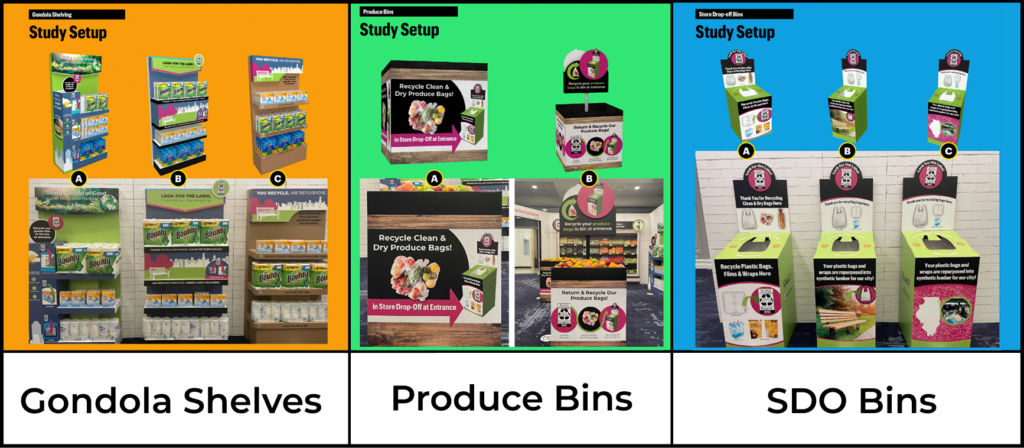
1. Three kinds of gondola shelves: The study included three gondola shelves that had varying setups, messages, claims, design emphases, and instructions.
2. Two kinds of produce bins: The study’s produce bins included variations in prominence of signage, prominence of the How2Recycle label, and instructions.
3. Three kinds of SDO bins: While each SDO bin had cut-out shapes of plastic bags, the emphasis on accepted materials and outcomes varied throughout.
The goal: Understand the potential of different in-store displays as platforms for recycling instructions.
The Results: How Can We Make In-store Signage Improve Store Drop-off Understanding?
Through the research process, experts like Dr. Andrew Hurley and Shannon Anderson used three key metrics to determine the winning in-store signage:
1. Attention Capture: Measuring how long it took for a participant to fixate on something.
2. Sustained Attention: Measuring the time spent fixating on a specific item.
3. Interest: Measuring the number of times a participant’s gaze entered an area on the design.
The winners:
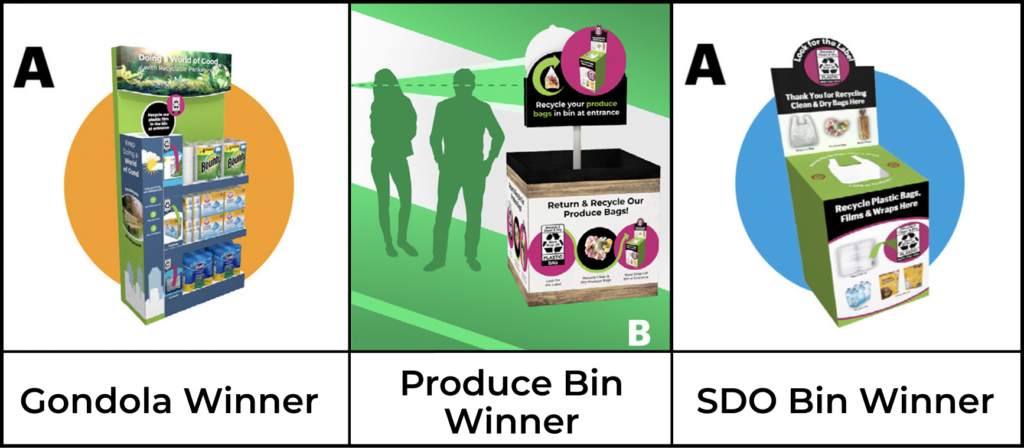
Why they won:
Across the three types of displays, patterns emerged in participants’ preference, indicating that:
1. People wanted introductory, practical guidance
Even with participants in the industry, people still wanted introductory and practical guidance. We see this on Gondola A, where the heat map of views over the instructions saying “Recycle our plastic film in the bin at the entrance” outperformed other design areas. The research also shows a similar trend in the SDO bins, with lots of eyeballs on the instructions saying, “Recycle Plastic Bags, Films & Wraps Here.”
2. People preferred clear design and messaging
On Gondola A, the research found that the combination of clear, prominent labeling and illustrative examples met the participants’ needs for instructions. Similarly, on the winning SDO bin, participants fixated on the images of accepted materials. The research also found that they, “rated clarity on accepted materials as the most critical feature for store drop-off bins.”
3. Location (eye-level) was key
The research showed that positioning recycling information at eye-level significantly improved visibility, engagement, and comprehension. That was made most clear in the produce bins, where the winning bin (B) featured a pole topper sign that was the most effective for conveying recycling instructions across both the produce bins and gondola shelving. We also saw this trend in Gondola A, where, “eye-level H2R label and packaging examples that clarified recycling instructions,” proving eye-level design to be more effective at capturing attention and providing clear guidance compared to other placements.
How Can We Extend These Findings for Better Recycling?
While these findings provide valuable insights for improving Store Drop-off education through signage, it’s important to emphasize that the participants were largely packaging or sustainability professionals who are familiar with How2Recycle and (likely) with Store Drop-off recycling. Still, the results are incredibly helpful for SDO education and can serve as a launch point for extending similar research to larger audiences.
We don’t have to stop at SDO education, either. We can apply these findings — using practical guidance, clear messaging, and eye-level placement in store — beyond SDO to advance better general recycling education. How2Recycle labels are just one piece of what could be a thriving ecosystem of educating and empowering consumers to make the right disposal decision.
If you’re interested in participating in a consumer education campaign to improve recycling behaviors, reach out to our team at marketingh2r@greenblue.org

